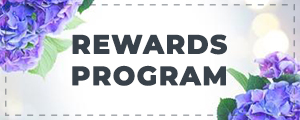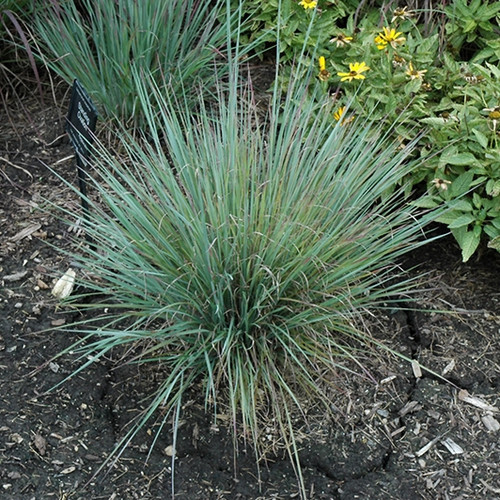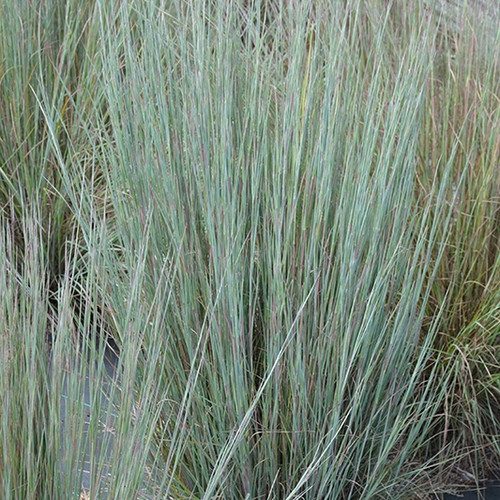| Schizachyrium scoparium ‘Twilight Zone’ |
USDA Zone: 3-9 |
Twilight Zone Bluestem's attractive grassy leaves are green in colour with showy silvery blue variegation and tinges of purple. As an added bonus, the foliage turns a gorgeous violet in the fall. It has masses of beautiful spikes of purple flowers rising above the foliage in late summer, which are most effective when planted in groupings.
A great variety for hot, dry areas with consistent green-blue, ribbon-like foliage that takes on hues of violet-purple in fall; silvery white seed heads persist well into winter; an outstanding accent plant.
Twilight Zone Bluestem is recommended for the following landscape applications;
- Mass Planting
- General Garden Use
- Groundcover
Foliage Interest
Fall Interest
Deer Resistant
Easy To Grow
Common Name: Little Bluestem, Ornamental Grass
Companion Plants Boxwood, Barberry, Echinacea, Tickseed, Salvia, Sedum, Shasta Daisy
|
Key Feature
|
Light Needs | Landscape Uses |
 |
 |
|
|
|
|
| More About Twilight Zone Little Bluestem Ornamental Grass |
| Height: 4-5 ft |
Spread: 2 ft |
Flower Colour: Tan Shades |
|
Twilight Zone Bluestem should only be grown in full sunlight. It is very adaptable to both dry and moist locations, and should do just fine under typical garden conditions. It is considered to be drought-tolerant, and thus makes an ideal choice for a low-water garden or xeriscape application. It is not particular as to soil type or pH. It is somewhat tolerant of urban pollution. Prefers dry, not especially fertile soil. Does not tolerate wet soils. Can be divided in spring when needed. Cut back in early spring leaving 3-4" of previous years growth. Will self sow. Warm Season Grasses: These grasses are much slower starting in the spring. They do not push new growth until temperatures warm in early to midsummer. They flower later in the summer or fall with most blooms remaining into the winter. Most warm season grasses tolerate heat, humidity and drought; some even thrive in these conditions. Note that when grown in a container, it may not perform exactly as indicated on the tag - this is to be expected. Also note that when growing plants in outdoor containers and baskets, they may require more frequent waterings than they would in the yard or garden. Be aware that in our climate, most plants cannot be expected to survive the winter if left in containers outdoors, and this plant is no exception. NOTE: Some flowers and plants may be harmful or poisonous to people or pets if touched or ingested. If you require more information before placing an order, please let us know in advance. |










